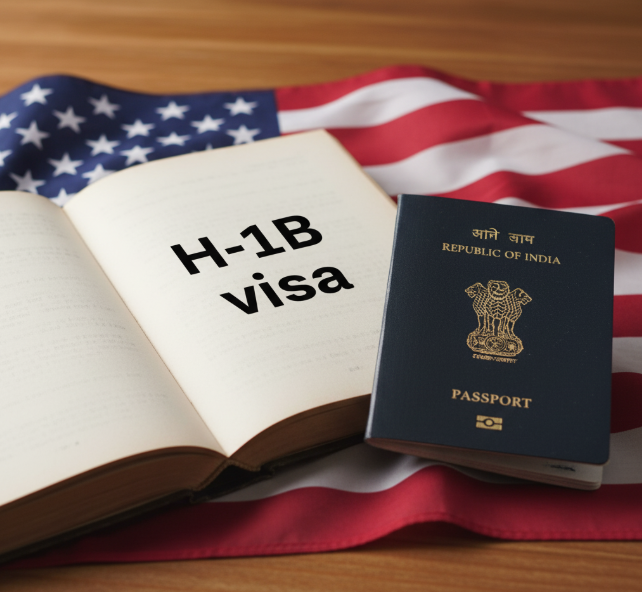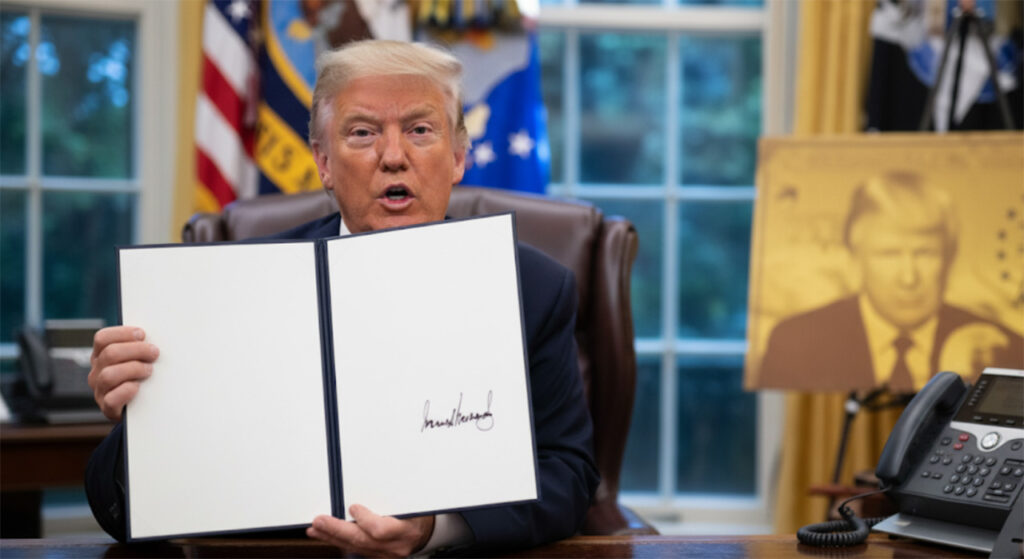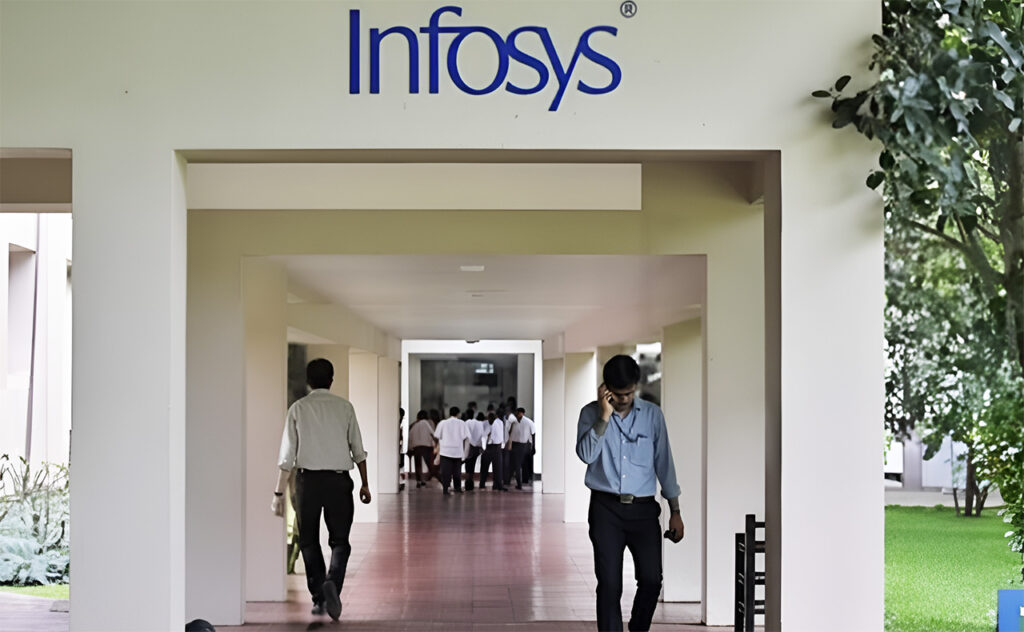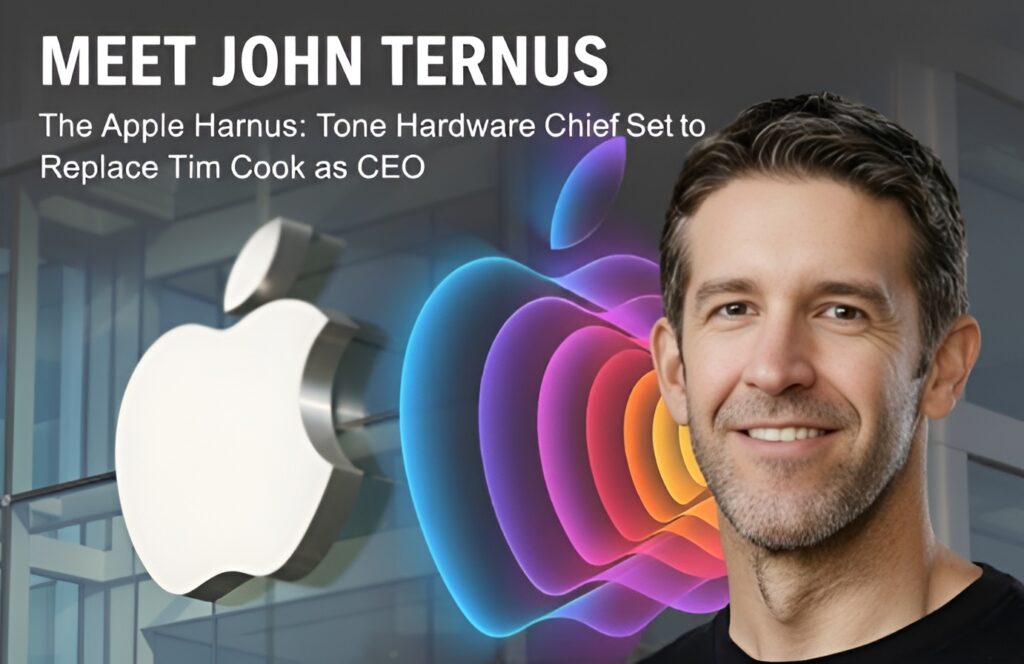Introduction
The IT sector in India is facing shockwaves through a novel US H-1B visa policy that imposes a $100,000 fee on novel applications.
Donald Trump, the US President, amazed the tech world on Friday by announcing to 50-fold Hike in the costs of talented worker permits to $100,000. With this, the immigration lawyers worked overtime in order to interpret the order, international employees scrambled for flights, and Silicon Valley companies urged employees not to travel outside the nation.
Policy Change
- The administration of Trump has adopted a one-time fee of approximately $100,000 for the applications of the novel H-1B visa.
- This is considered to be a significant step that has maximized costs for Indian IT companies.
- As per the administration, which views the program as having been abused, the fee is aimed towards deterring the utilization of the H-1B visa in order to replace, instead of supplementing the American workers.
- The policy successfully shutters the H-1B channel for approximately three decades, driving the American dream for a number of Indians and significantly delivering the livelihood of talent to the US sectors.
Major aspects of H-1B visas: H-1B visas enable organizations to sponsor international employees with focused skills like computer programmers, engineers, and scientists to work within the US, preliminary for 3 years, which can be extended to six years. As per Leavitt, the present H-1B visa holders who are presently staying outside of the nation will not be charged $100,000 in order to re-enter the US.

The channel restricted both nations. For India, the H-1B became a medium of ambition, families arched into the middle class, small-town coders converted into dollar earners and the whole industries from real estate to airline, catered towards a novel class of international-trotting Indians.
Reason for the policy change: While for the US, it determined an infusion of talent which filled start-ups, hospitals, classrooms, and labs. Currently, the Indian-origin executives operate IBM, Microsoft, and Google, along with Indian doctors make up near about 6% of the physician workforce of the US. According to the perspective of White House, the move of Trump was designed in order to address the pressure associated with the national security of US, stop the undercutting of wages, and overcome the abuse of the program.
The announcement of Trump requires the Departments of Labor and Homeland Security to issue a joint regulation for penalties, enforcement, authentication, and audits.
Influence on India’s IT sector
- The IT stocks of India have plunged, with the Nifty IT index dropping, since investors are worried about the squeezed margins and the rising costs.
- Furthermore, the fee threatens the traditional model of IT firms of India that has depended upon proficient engineers functioning on-site within the US.

- The fee hike by the US, strikes at the heart of India’s $245 billion where around 40-50% of mid-level Indian IT engineers have either functioned on H-1B visas or seek to make this an intensely impactful change for individual professionals.
Impact on India: India might experience the shock first; however, the current effects could operate deeper into the US. The outsourcing giants of India, like Infosys, Wipro, and TCS have prepared themselves for this for a long time by shifting delivery offshore and local workforces.
However, the novel H-1B measure, which might deal with significant legal challenges, was declared along with the introduction of a $1m “Gold card” US residency programme.
Government and Industry Reactions
- Industry bodies as well as state chief ministers are advising the government of India to treat the issue with necessity, identifying its major social and economic consequences.
- In addition, the IT companies are appointing more local employees within the US, by shifting the work to other nations such as Canada, or maximizing their Global Capability Center (GCC) presence within India.
- It is seen that the IT industry body of India, Nasscom, determined that the influence will be insignificant since the Indian companies have minimized their dependence on H-1B visas, even though some experts remain highly concerned regarding the possible long-lasting effects.
- There is a chance that clients might delay or push for repricing until the permissible doubts are clear.
Adoption of staffing model: Whereas, the organizations might rethink the adoption of staffing models, becoming highly choosy in sponsorship choices, minimizing onshore roles, and shifting towards work offshore. As per CIEL, HR, a leading staffing company, Aditya Narayan Mishra, the Indian companies possess the chance to pass on the hike in visa costs to the US clients.
Wider Implications
The policy is considered to be a primary shift which could redefine the international setting of tech innovation along with talent, creating an impact on US’s own dependence on international experts. Moreover, according to the Emkay report, the novel fees could slow down the growth the India’s IT services export to below 4%, creating an impact on the financial outlook of the sector.

The wider influence on the US could be stern, start-ups without the lobbying muscle of Amazon or Google are conceivable to be hit hardest, universities facing challenges to attract STEM students, and hospitals dealing with the shortages of doctors. Thus, the hike in visa fees will force the organizations in US to alter their hiring policies fundamentally as well as offshore a major proportion of their work.
Banning of CEOs and founders: Furthermore, it will also lead to the banning of CEOs and founders who usually manage the US-based businesses. Hence, it will face a devastating blow of US competitiveness along with innovation.
- The supporters of tech like Elon Musk have warned against targeting H-1B visas, by determining that the US does not possess sufficient homegrown talent in order to fill the significant job vacancies in the tech sector.
- Explanation came from US state department officer that the fee will be pertinent for a new Visa Application, not valid on the renewal of the fee or for already visa holders.
- Often the procedure for a visa renewal generally includes filling out a novel DS-160 form and remitting a novel visa application fee, the same as applying for a visa for the very first time.








